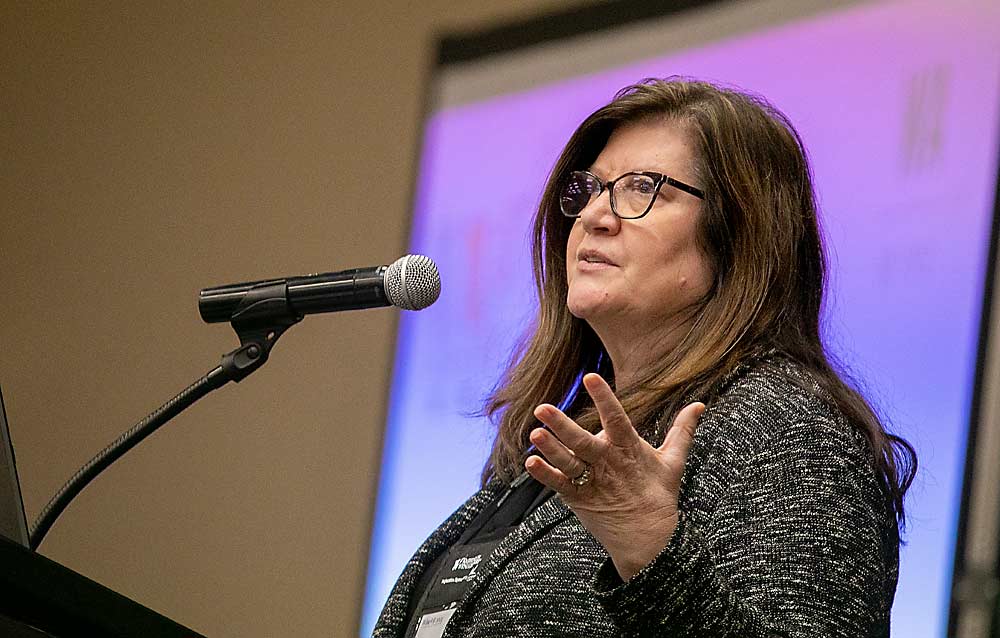
U.S. wine sales down 9 percent in 2023. Twenty million gallons of oversupply. Gen Z only drinking 9 percent of wine. Fifty-two percent of young consumers believe drinking alcohol is bad for their health.
Speakers shared a lot of data during the WineVit State of the Industry session, to paint a picture of the challenges at play and chart paths forward.
But there’s one number they warned against.
“Of all types of statistics, the most misleading is the average, especially with a diverse set of input data,” said Erik McLaughlin, CEO of Metis, a wine industry consultancy firm. “We need to reject that narrative that Washington wine on average is in decline.”
There’s not one Washington wine market. There are small wineries thriving with a direct-to-consumer focus and a small number of mid-sized wineries finding strong demand in the national market for $15 to $35 wines, he said.
“We can do the $15 to $30 range better than anyone else in the world,” he said. “If we want to grow, we need more wineries willing to lean into that national market.”
That’s easier said than done, speakers acknowledged.
Kristina Kelley, the executive director of the Washington State Wine Commission, shared an update on the commission’s new strategic plan, which includes efforts to help wineries navigate the distribution model and build relationships with distributors.
She pointed to the Sustainable WA certification program as a bright spot in building new opportunities for Washington wine, both in opening doors with distributors and reaching younger consumers who are not loyal wine drinkers.
“We think sustainability will grow in relevance and is key to some of these anti-alcohol pressures,” she said. “Sustainable WA is a good way to get in front of those pressures.”
Younger consumers are more likely to believe that drinking alcohol is bad for their health, said Liz Thach, president of the market research group Wine Market Council.
She encouraged everyone in the wine industry to respect the health and wellness trends that are pushing some consumers away from wine and other alcoholic beverages. But consumer surveys show that wine is generally considered a more moderate option, and marketing can lean into that.
“Say on the label that the wine has no sugar added, say it’s vegan-friendly, say it’s locally made, say it’s a family business,” she said.
To make wine more accessible to more consumers, Thach also recommended wineries include a low-alcohol wine, sweet wines and wine cocktails on their tasting room menus.
“Ten thousand Gen Z turn 21 every day,” she said. “They care about the climate and social responsibility.”
To entice those consumers, wineries need to communicate their sustainability practices and hire more diverse people, she said.
In a later session focused on sustainablity, Patrick Rawn of Two Mountain Winery shared one such example of a placement with a new retail customer because the buyer was excited about sustainability.
“We are selling more wine because we are sustainable,” he said.
—by Kate Prengaman







Leave A Comment